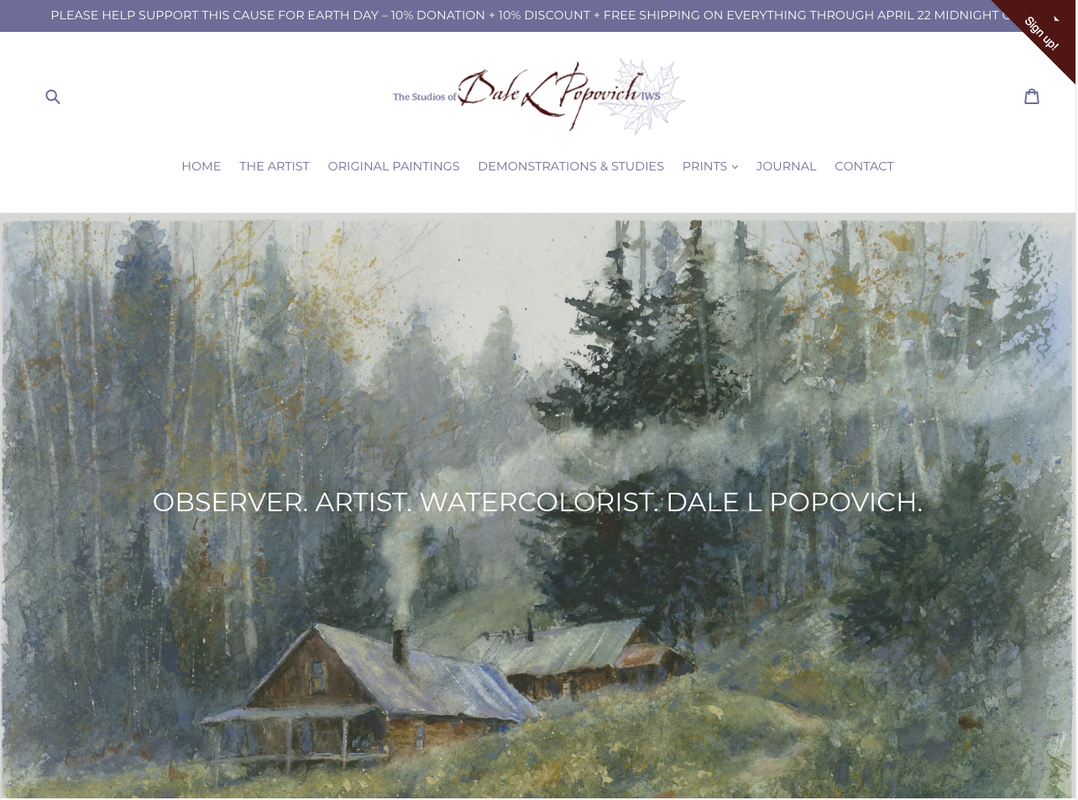|
Painting Water Reflections and Nature in Watercolor 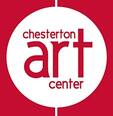 Dale L. Popovich IWS will be offering a two-day Beginning/Intermediate Watercolor Workshop on Saturday, April 24th and Saturday, May 8th from 10:00 am – 1:00 pm. In this Zoom workshop students will walk away with a better understanding of transparent watercolor. He will be teaching his personal step-by-step process of how to start and finish a watercolor. Dale will concentrate on reflections of water. Students will acquire an understanding of how reflections of the shorelines reflect into the water, and how to interpret them. He will also give participants an understanding of the values, temperatures, intensities, and hues, and how they react as a reflection. A better understanding of how to cross mixed colors that best capture the reflections in the water will be demonstrated. In this process, he will illustrate how to block-in and build a painting properly. Students will experience various applications of watercolor, color palette, properties of watercolor, tools, and techniques. Dale’s objective through the step-by-step instruction will show how to avoid watercolor problems and grow as a painter. Workshop #1, April 24th, Dale will conduct a 2.5-hour painting workshop on Zoom stopping between steps and answering questions along the way. During the painting process, photos will be taken of each step. The photos will be added to the original packet creating the Popovich’s Start-to-Finish packet. Workshop #2, May 8th, Dale will lead a Zoom Group Critique sharing his screen with students. During this time, he will walk artists through two paintings and answer any additional questions. Tuition is $115 for members and $135 for non-members. Supplies are not included in this workshop. After payment is received, a supply list will be provided. In addition, a full reference packet will be sent prior to the workshop which will also include the Zoom links. Students must register and pay before the first class. To register stop in, call, or visit the website at www.chestertonart.org or Eventbrite.com (search Chesterton Art Center). For questions, please call the Chesterton Art Center at 219-926-4711. The Chesterton Art Center is located at 115 S. 4th St., Chesterton, IN 46304. For a list of all classes being offered at the Art Center, please see the website www.chestertonart.org.
0 Comments
Well, I had my second Watercolor Escape Saturday last weekend on March 28th. If you are new to this my wife, Marilee and I are committed to broadcasting a Facebook Live every Saturday at noon EST till our lives kinda get back to some type of normal. We want to offer an escape even for an hour or two. In this week's blog post I have included the video now on YouTube (edited as a paint-along) and my demo notes. Here's what you will find:
Gallery of Work Highlighted in Video Below are several demos I did playing with composition and value studies before the final painting titled Walking in My Father's Footsteps. I also share additional paintings in the video. Click on the painting to see a larger version. Gift Every year I paint a special birthday card for Marilee. I remember once a long time ago we went to the Terra Museum to John Singer Sargent watercolor show. Sargent would paint special gifts for his sister with tender words and well wishes. They were touching and moved both of us. This painting is of one of our favorite walks in spring up not far from our cabin. The silver light and tender greens you only see during this time of year. This study was painted on handmade paper containing seeds, leaves, and stems. The paper had very little sizing so planning my brushstrokes were essential. Could not rework once the paint was laid down. Final studio painting I promised myself I would experiment with new color combinations during this down time. Here is an example a new color combination palette. And don't think you can't find painting reference material. This was taken by Marilee while we were driving north through Wisconsin to our cabin. The sun was setting, the sky was on fire and the earth was rich with color. Here's my 6-color full palette:
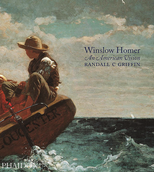 The Master I have enjoyed Winslow Homer watercolors long before I ever picked up a paint brush. My father admired his work and would share his paintings with me. He would break composition rules and make them work. I suggested a Homer book that looks like it's out of print but you may find on Ebay. There are other Homer books at Amazon (CLICK HERE) like this one. If you rather go to your library and check-out a book. Also here's a website to view. CLICK HERE. 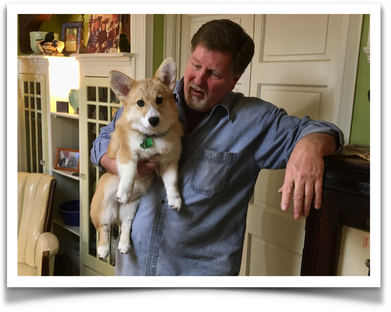 Poppy Incase you didn't here we got a new puppy this year. Her name is Miss Poppy, a Pembroke Welsh Corgi and she is such a joy. It's a blessing to have her and an additional heartbeat in our house. Well that's it for now. I hope we will see you next Saturday at noon EST on my Facebook page for another Watercolor Escape Saturdays. Remember Leave a comment below, tell me what you think and what you would like to see in the future. Wash your hands and your brushes, Dale AFFILIATE DISCLOSURES
Amazon: As an Amazon Associate, I earn from qualifying purchases. 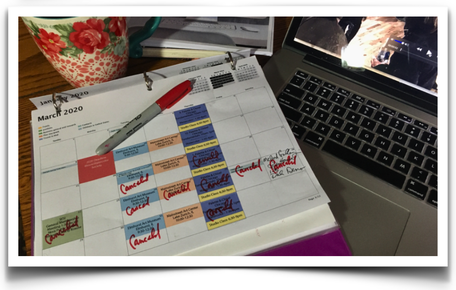 Well, as you have probably figured I'm just like you with this CORID-19. Back in the good old days, two and a half weeks ago I was teaching my weekly classes, planning open house demos, group gallery shows, art league meetings, getting ready for 2020 workshops and framing work for a one-man show. In a week or so I say my well, planned year vaporizes at least for the next month or so.
From there Marilee said let's go sightseeing. We headed over to Strack & VanTil, a large local grocer in Northwest Indiana to see if they were wiped out too. The parking lot was full more than any Thanksgiving I can remember, the cart corrals were empty, all the registers were open and the lines extended to the back of the store! The managers looked as surprised as us. They worked swiftly and with a pleasant smile. Produce was well stocked, along with most everything else. The shoppers' carts were heaped full of paper products, pizzas, and white bread. The Hispanic food aisle was empty but the baby diapers were hardly touched. It took both of us two hours to process what we experienced. The next day we rehashed how the world was changing because of the virus and what could we do locked-up in our house. My wife, Marilee calls this the newest episode of The Twilight Zone. I know these are challenging times but we are creative folk who often are self-distancing ourselves in our studios anyway. Frankly, we can handle this better than most. We talked about going to the Northwoods but sadly we got a notice for snowbirds and second homeowners to stay away from Vilas County. Well, I figured I am in my studio trying some new reference materials and color palettes with this new free time. We then thought with the beauty of social media we could help folks by sharing my watercolor wisdom. I opened my studio door this past Saturday, March 21, 2020, at high noon est time on my Facebook live business page - Observer Artist Watercolorist Dale L Popovich IWS. I will do this till we are over this crisis. MARCH 21, 2020 DEMONSTRATION NOTES
Robert J Krajecki IWS, TWSA must-have books three books I highly recommend. Click on the titles to read more.
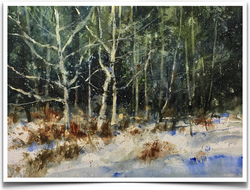 THREE WATERCOLOR COLOR STUDIES I highly recommend doing color studies of your painting. As I explained in the demo experiment with color combinations, value patterns, and composition. Each of these took 15-20 minutes. Be loose and free– no details. -300 lb Indigo paper - Watercolor Paints: 3-color limited palette, see each sketch for colors. AFFILIATE DISCLOSURES:
Amazon: As an Amazon Associate, I earn from qualifying purchases. In conjunction with our Faculty Show, several Palette & Chisel instructors will conduct demonstrations. I am honored to participate for the third year in a row. I will be broadcasting on Facebook Live. Here's the line-up.
Saturday, February 16 schedule will feature: • Audry Cramblit 9:30 am - 12 pm, Sculpture • Helen Oh (10:00 am - 12 pm, Palette Knife Still Life • Dale Popovich 10:30 am - 12 pm, Watercolor • Larry Paulsen (1 - 4 pm, Portrait Drawing Saturday, February 23 schedule will feature: • Lenin Delsol 9 - 11:30 am, Oil Painting Portrait • Stuart Fullerton, 12 - 1 pm, Palette & Chisel History Lecture • Steve Puttrich 1 - 3:30 pm, Watercolor • Michael Van Zeyl :30 - 4 pm, Still Life Oil Painting Please RSVP to [email protected] or call 312-642-4400. Palette & Chisel Academy of Fine Arts 1012 N Dearborn St, Chicago, Illinois 60610 MAP Phone: 312-642-4400 Fax: 312 642 4317 Email: [email protected] Office Hours: Mon-Fri, 10:30am - 6:30pm In this YouTube watercolor video demonstration, I am going to share with you how easy it is to draw up your pencil on watercolor paper. I am not a fan of graphite paper because it is messy. Instead, a 2B pencil and a kneaded eraser are all you need. Here's a link to my full supply list – go to bit.ly/watercolor-supplies
Any questions, leave me a comment. I would be more than happy to talk watercolor and drawing. While you are here check out my website. You will find: • My current paintings • Workshops and demonstrations dates and locations • My teaching schedule in the Chicagoland area • Online Gallery • Online watercolor courses • Link to my Newsletter • and more And, please subscribe to my YouTube channel. |
Dale L Popovich IWSDale is an award-winning watercolorist and teacher passionate about capturing the raw beauty of the American landscape with the fluid stroke of a brush. As you will see, the works selected in his portfolio represent the depth of his holistic approach to painting. You can also learn with this talented and experienced teacher through his workshops, Palette & Chisel, and Popovich Studio classes. Archives
April 2024
Categories
All
|
|
INSTRUCTOR
Palette & Chisel 2024 Workshops & Demos ONLINE LEARNING Watercolor Escape Saturdays TIPS and TECHNIQUES Thursdays ZOOM Palette & Chisel Academy of Fine Arts ADDITIONAL INFORMATION Popovich's Field Journal Newsletter WATERCOLOR ART SUPPLIES Watercolor Paints Watercolor Brushes Watercolor Supplies DALE L POPOVICH IWS LIBRARY Books & DVDs BUSINESS BOOKS LIBRARY Books & Podcasts |
©2024 Dale L. Popovich. IWS, Drawing & Painting TIPS and TECHNIQUES Thursday, In the Comfort of Your own Studio tm, Towering Winds Academy of Fine Arts tm, and Teaching People to Truly See tm All Rights Reserved.
|
|
©2024 Dale L Popovich, Towering Winds Academy of Fine Arts and The Studios of Dale L Popovich IWS. All rights reserved
Copyright © 2024 Rosemary & Co Artist's Brushees LTD |

Handmade and maintained by POPovichDESIGN
[email protected] |

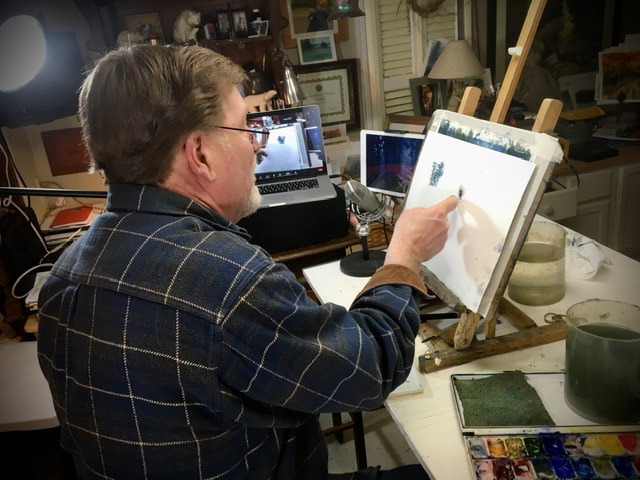
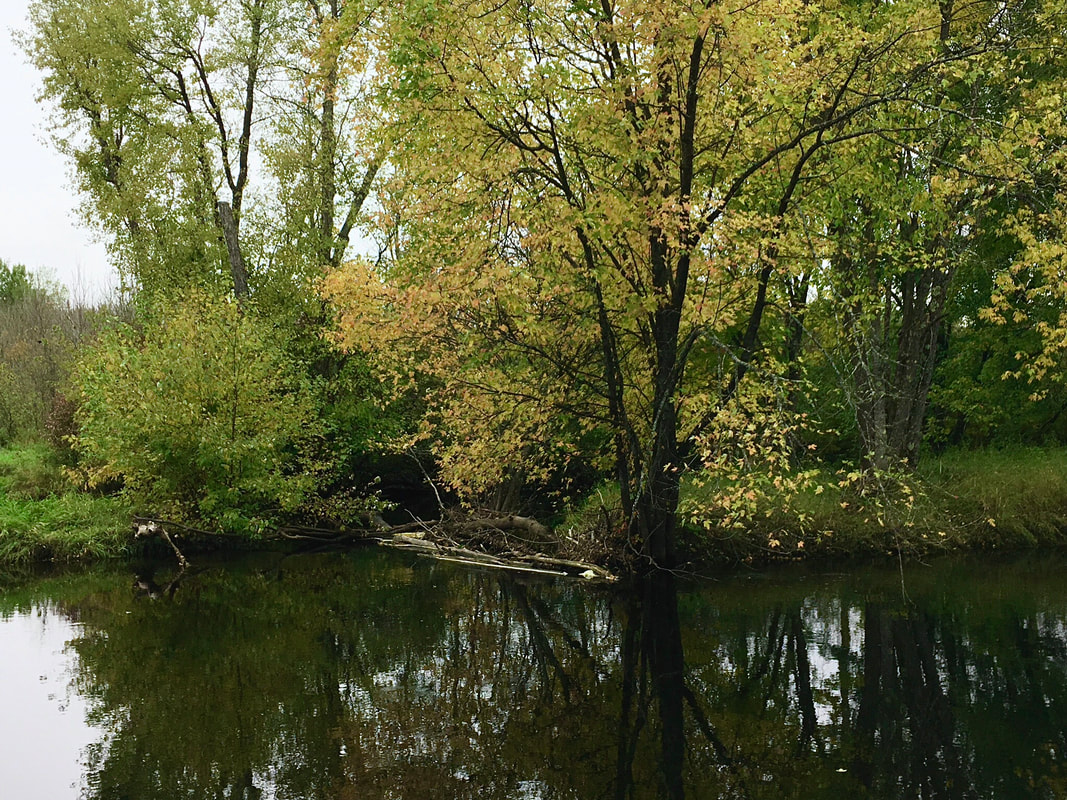
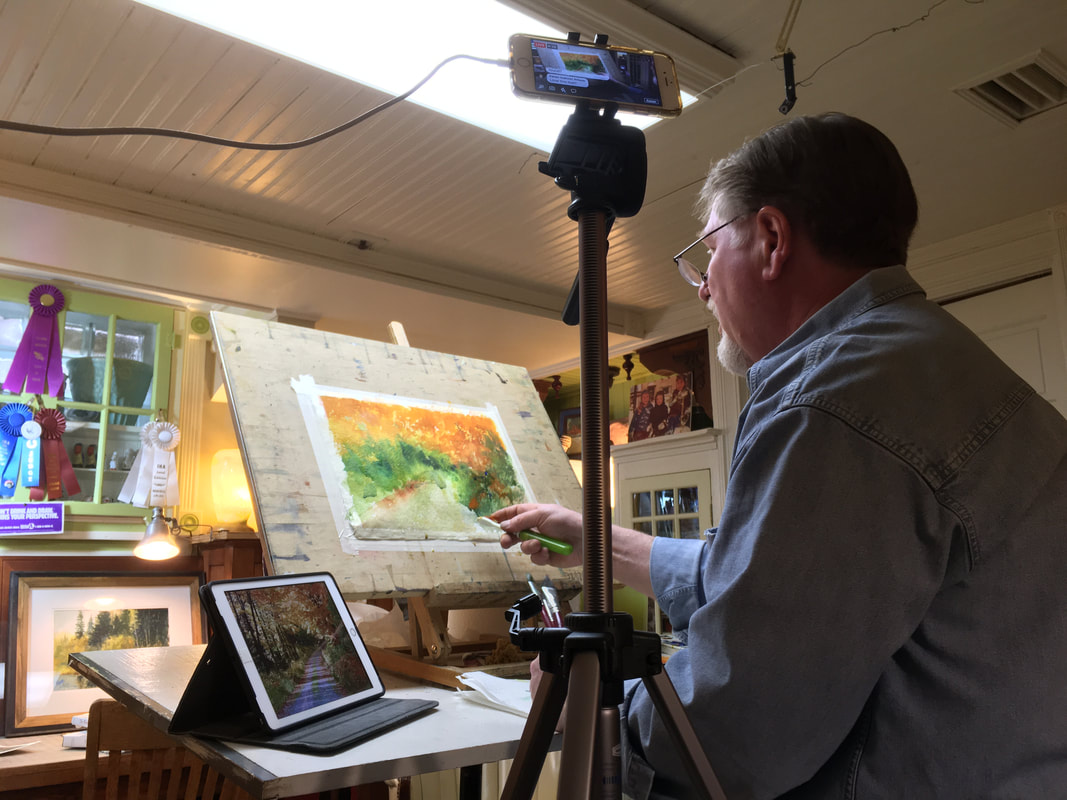
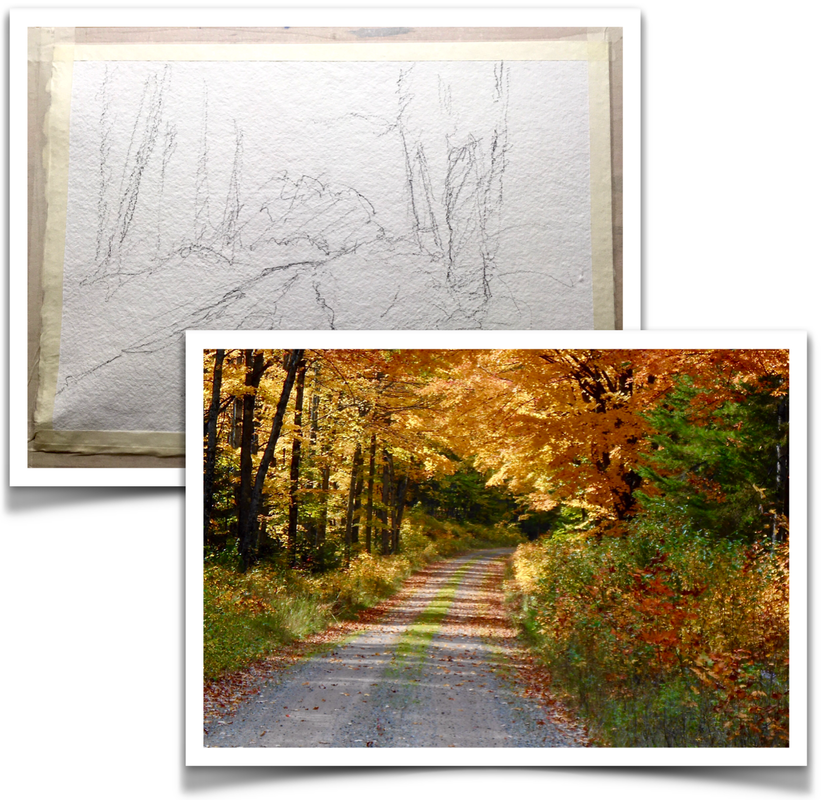
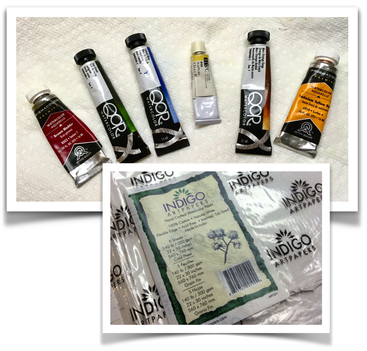
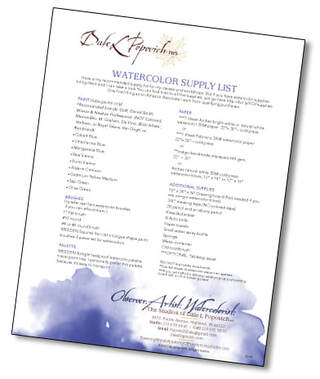
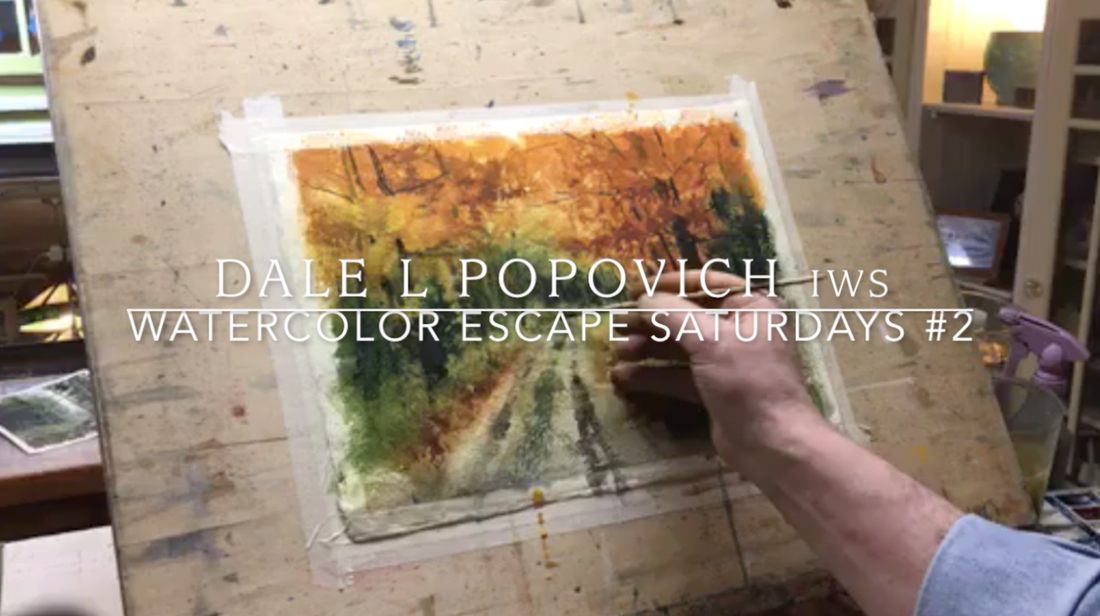
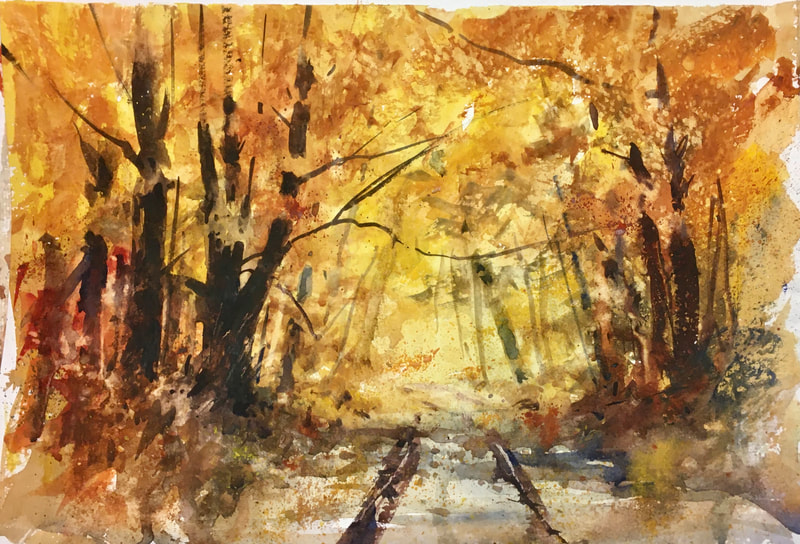
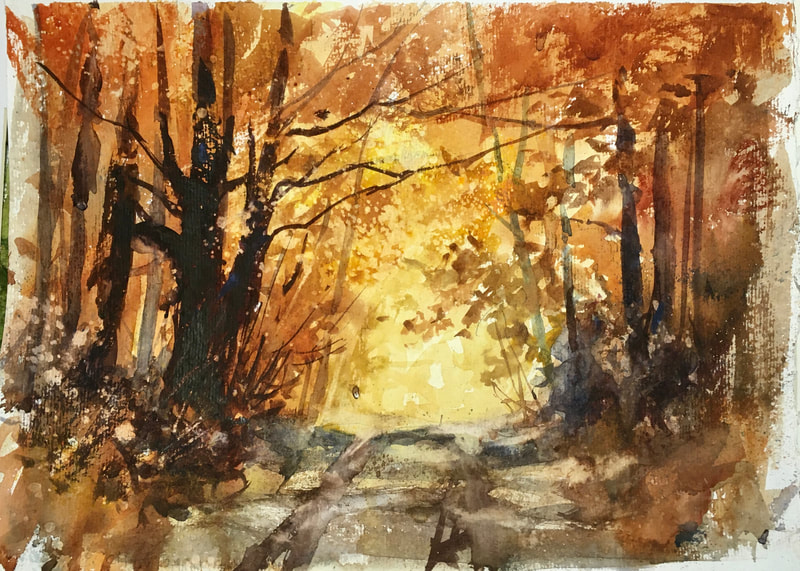
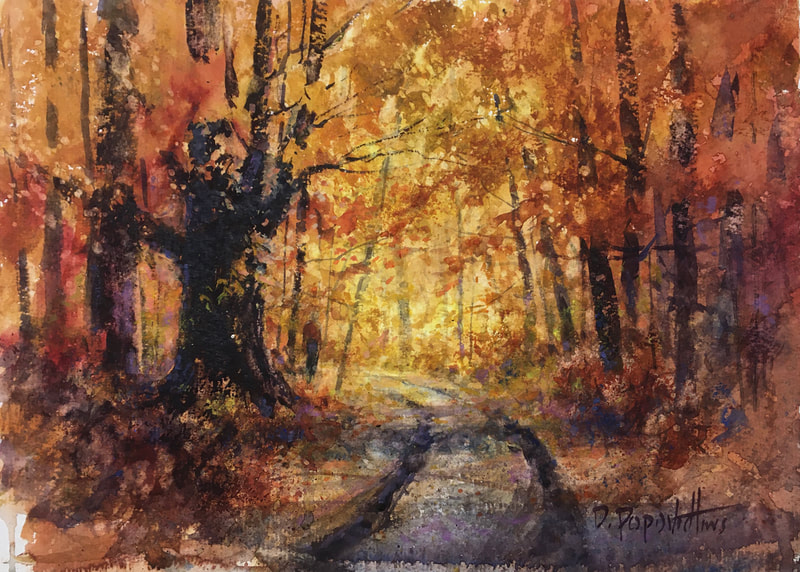
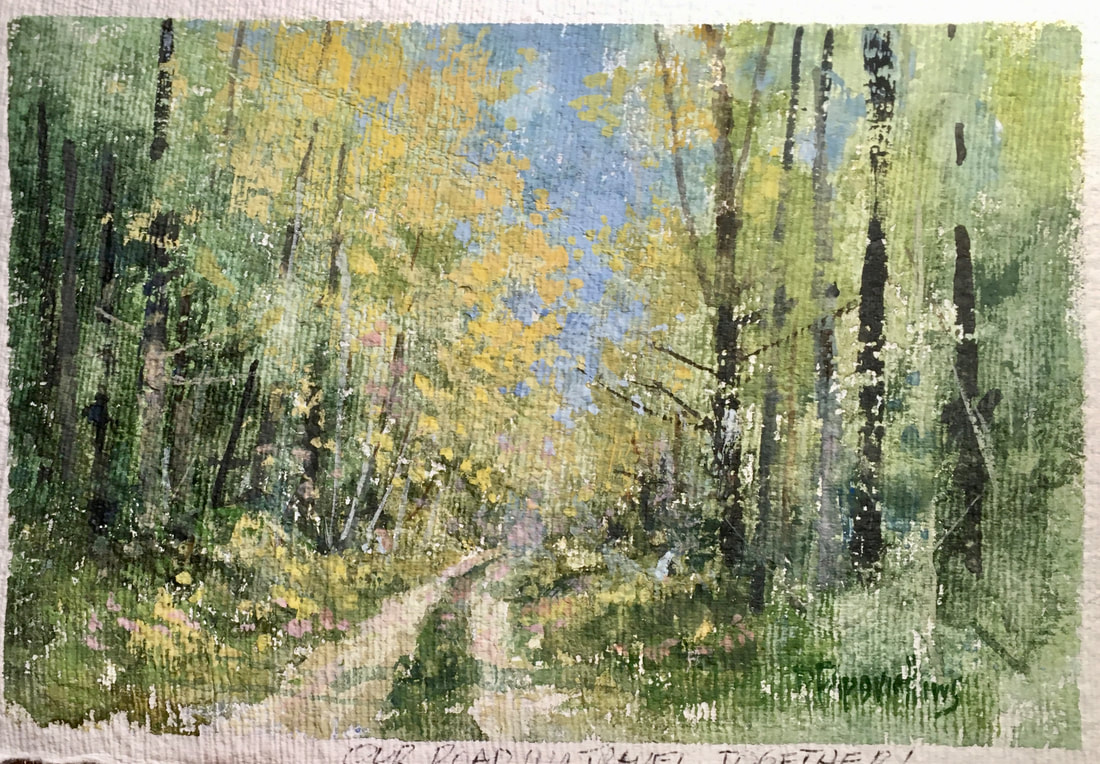

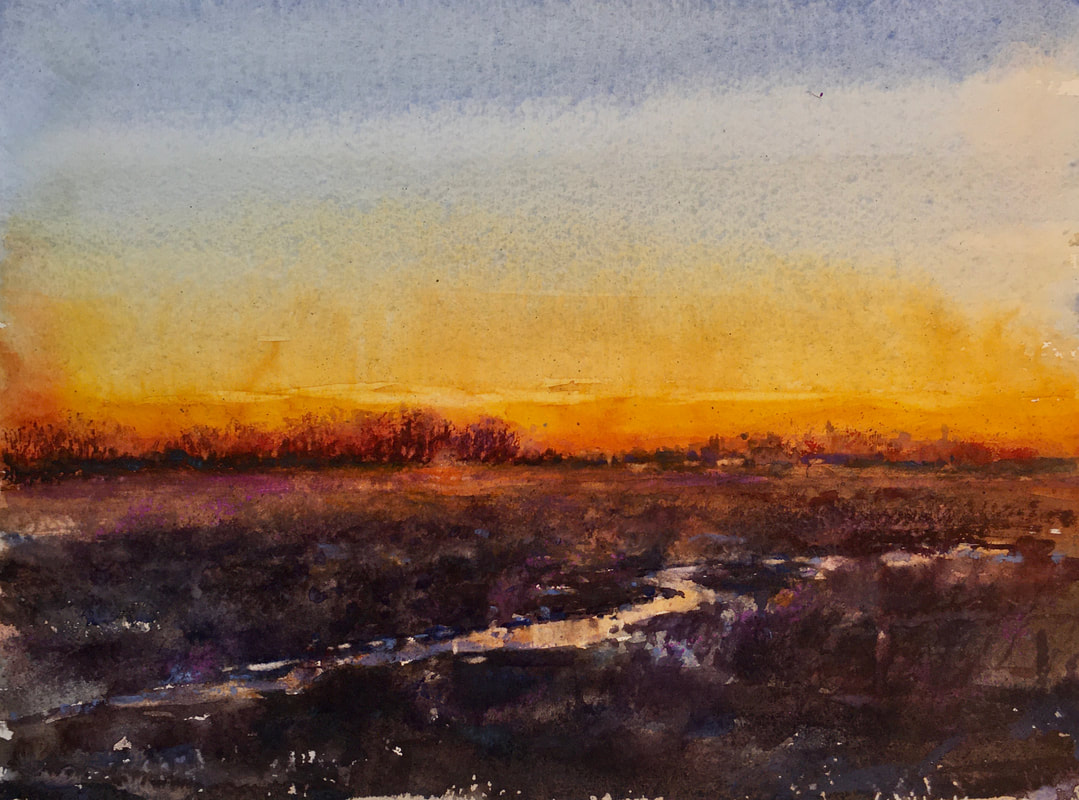
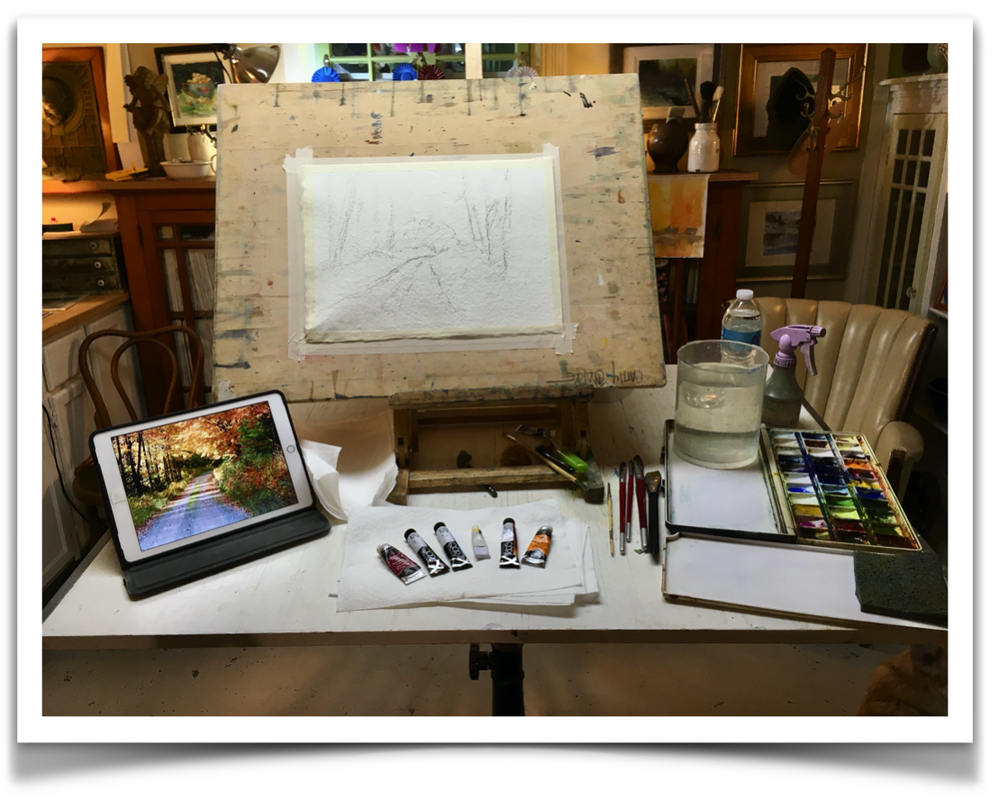
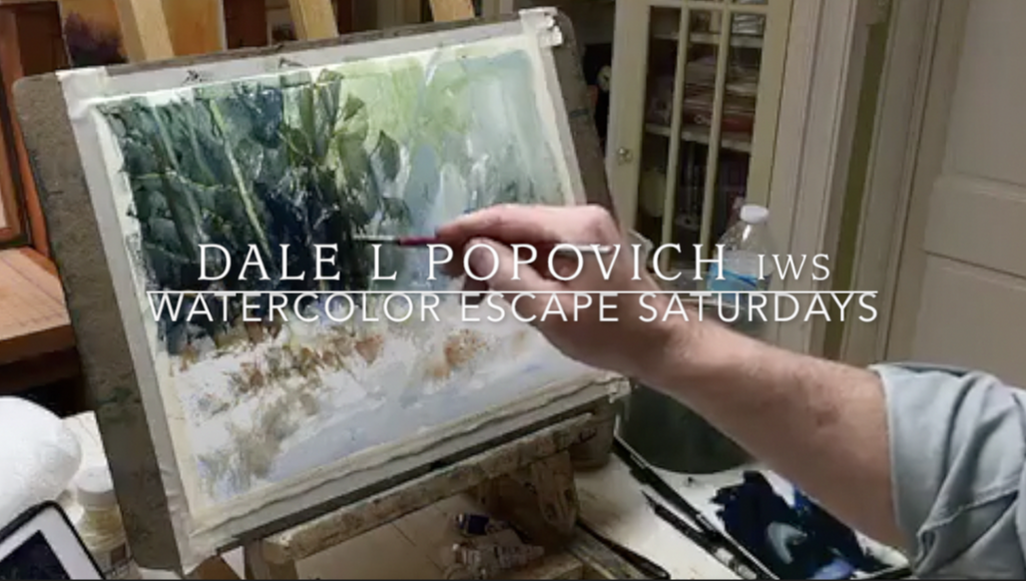
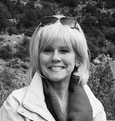

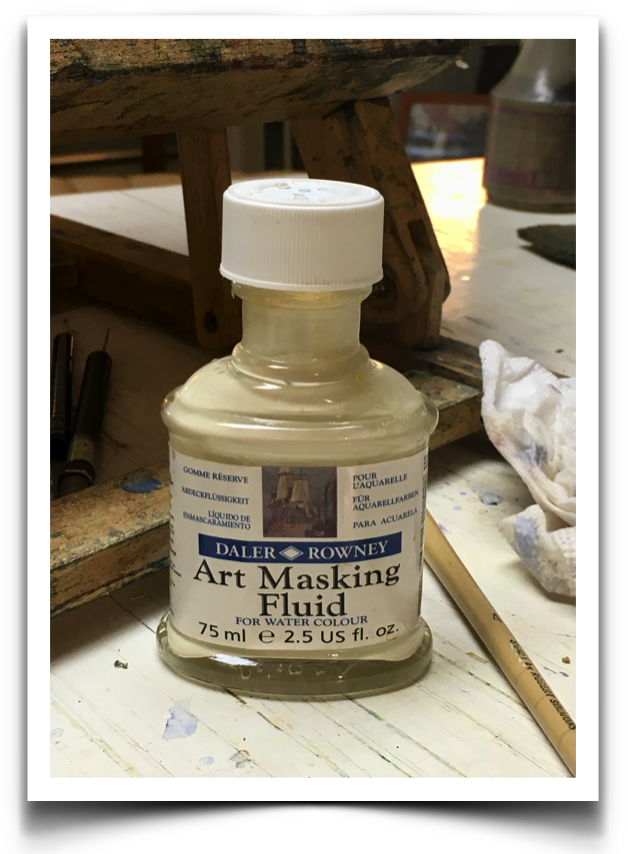
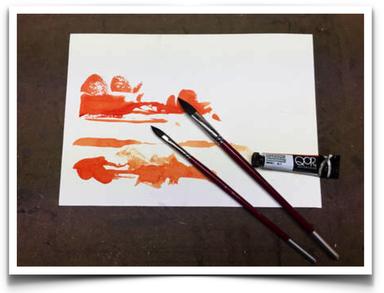
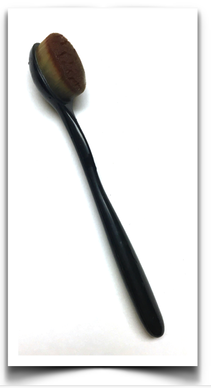
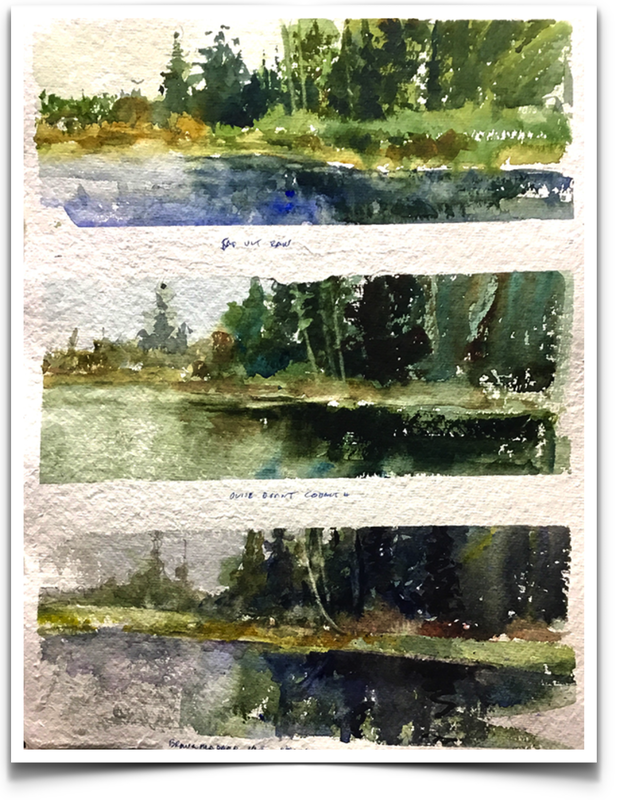
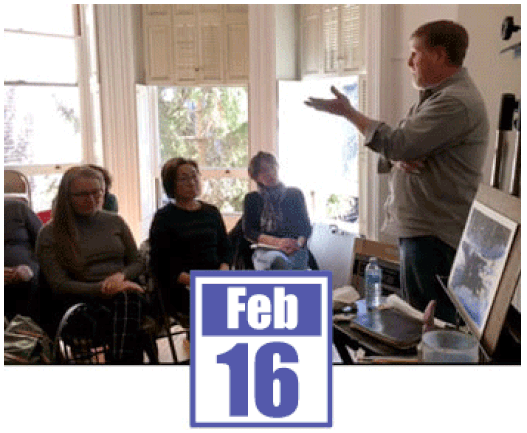
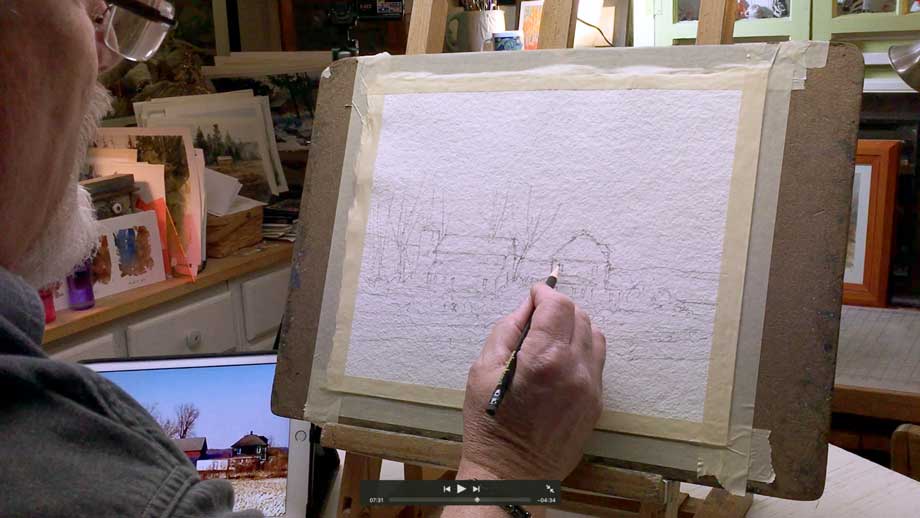
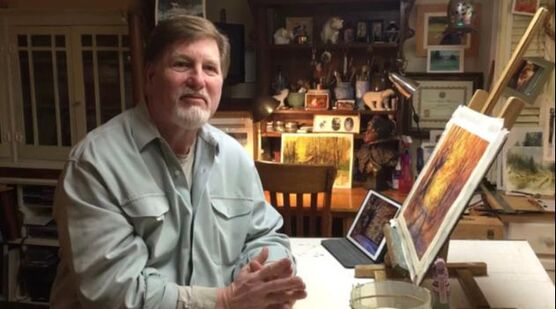
 RSS Feed
RSS Feed
